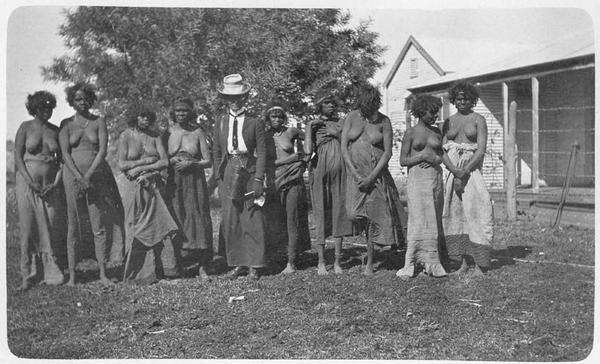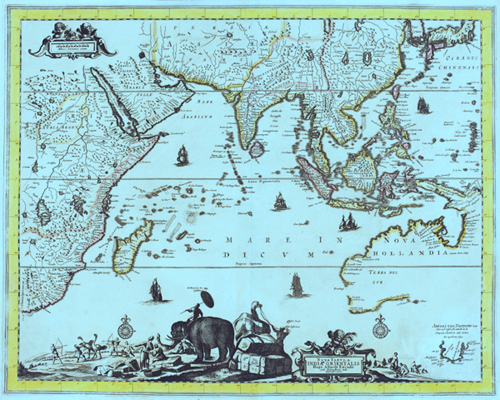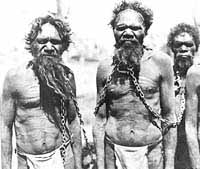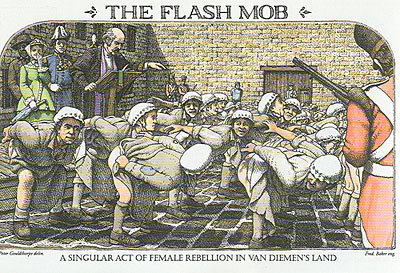The pros of using gasoline from coal:
- We have more coal in reserves than we do oil.
- These reserves are spread more evenly around the world.
- The fuel that could be obtained from turning solid coal to a liquid energy source could be used to power vehicles, heat homes and run factories with very mild modification to existing systems.
- Road trials in over-congested European capitals have found that coal-powered vehicles also result in a better air quality, because coal/gas produces less tailpipe emissions. U.S. studies have shown that particulate emissions can actually be reduced up to 75 percent (as opposed to traditional diesel) and nitrogen oxide emissions can be reduced by as much as 60 percent (source: U.S. Department of Energy research).
- Coal gasification can be used as a way to reclaim decades of old coal waste piles and secondary sources that are not really profitable for conventional uses.
- While the fuel source and the means to create it are still carbon-base and do still produce greenhouse gases and other polluting emissions, we do know how to take them out of the process before they do any damage.http://environmental-engineering.suite101.com/article.cfm/coal_gasification
Coal in Your Car's Tank
http://www.redorbit.com/news/business/1443891/coal_in_your_cars_tank/ By Hiserodt, Ed American-dug coal could be altered to produce clean-burning fuels for our vehicles. Here's how we could do it, and what might stop it from happening. In 1943, when Germany had virtually no sources of petroleum to fuel its Luftwaffe, U-boats, and Tiger tanks, its scientists (arguably among the best in the world at that time) didn't turn to solar and wind power. Evil does not equate to naivete. Hitler's technical advisers turned to another energy source to keep their Wehrmacht running steadily for several years without petroleum. They used the Fischer-Tropsch process to convert coal into diesel fuel and employed the Bergius hydrogenation (or liquefaction) process to convert coal into aviation gasoline and high-quality truck and automobile gasoline.Coal-to-liquid Technologies
Gasoline and diesel fuel are hydrocarbons. The name gives us a clue as to how to convert coal to liquid fuel: combine hydrogen and carbon. Hydrocarbon fuels are designated by the number of carbon atoms in their molecules. For example, methane, the main constituent in natural gas, has one carbon and four hydrogen atoms. Ethane, butane, and propane are gaseous at room temperature and have two, three, and four carbon atoms respectively.
There are many hydrocarbons, and each has its own unique properties. Pentane, hexane, and heptane are liquid hydrocarbons but not desirable as fuels for internalcombustion engines as they have low ignition temperatures and cause "knocking" or premature combustion that can seriously damage an engine. Octane, with 8 carbon and 18 hydrogen atoms, is the optimum for standard engines, while cetane with 16 carbon and 34 hydrogen atoms is most desirable as a diesel engine fuel.
Nothing about the chemistry of coal has changed since WWII, and it is still possible to synthesize fuel from coal, which ranges from about 65 percent to 95 percent pure carbon. All that's required is hydrogen, heat, and pressure. Worldwide, such production is done only in limited amounts although one country is a significant producer: South Africa. Just as the Nazis were isolated from petroleum sources during WWII, South Africa's policy of apartheid brought about an oil boycott from most sources. To survive, they adopted the Fischer-Tropsch process to convert their substantial coal reserves into gasoline and diesel fuel. This is no pie-inthe- sky "someday" technology. The Sasol Ltd. plant in secunda, South Africa, alone converts coal to 150,000 barrels (6.3 million gallons) of liquid fuel each day.
http://dsc.discovery.com/video/ SCIENTISTS TURN WOOD INTO GASOLINE. http://www.newgreenresearch.com/wood-oil-2/ http://www.newscientist.com/channel/fundamentals/mg19125681.400-relativity-drive-the-end-of-wings-and-wheels.html









+copy.jpg)






















































.jpg)



























 G
G







.jpg)
















No comments:
Post a Comment